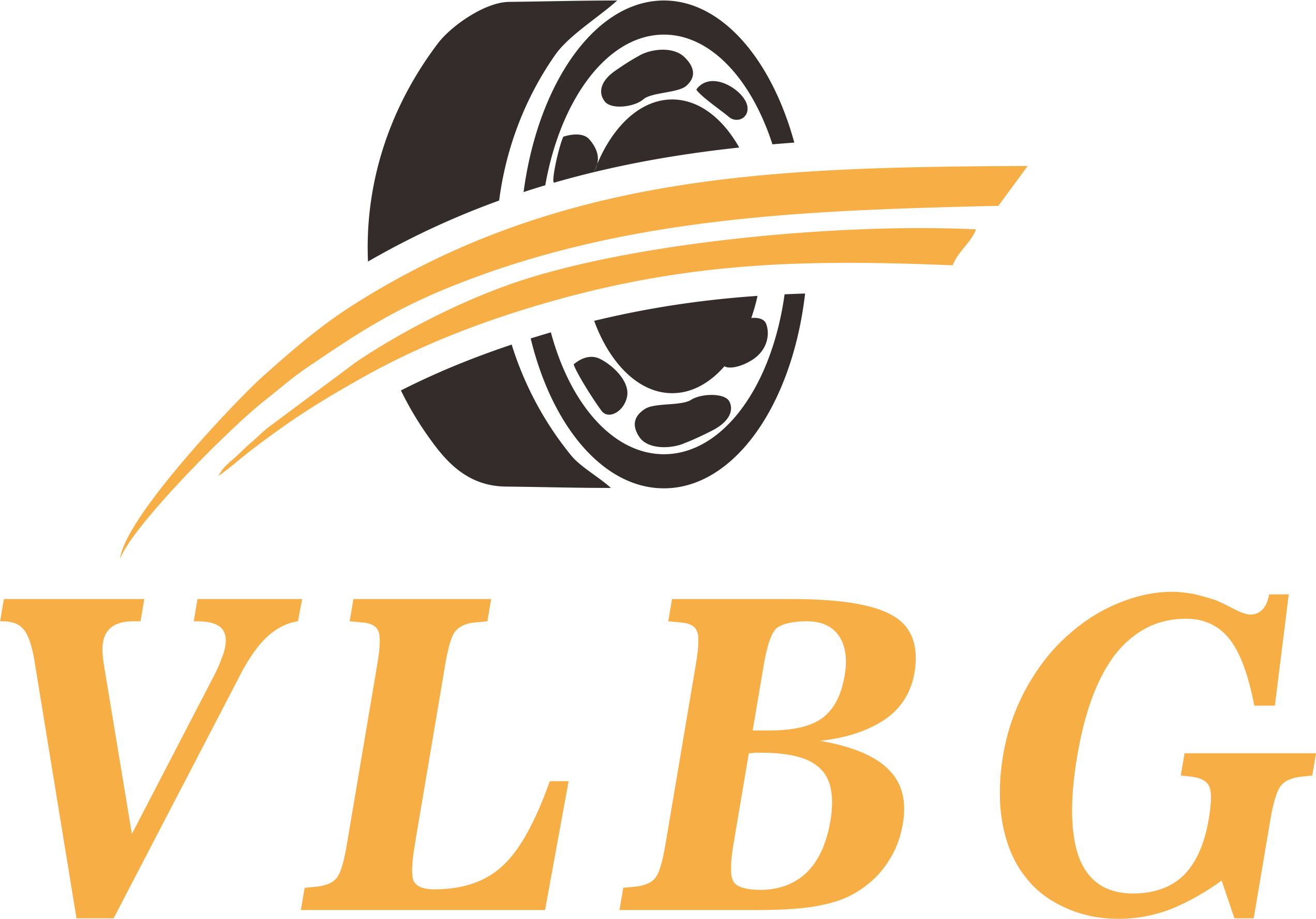Cylindrical roller bearings have high radial-load capacity and moderate thrust loads. They contain rollers which are cylindrically-shaped, but are not true cylinders. Instead, these rollers are crowned or end-relieved to reduce stress concentrations. This geometry results in low friction and allows for high-speed applications. Cylindrical roller bearings are commonly available in precision grades such as RBEC-5, a classification from the Roller Bearing Engineers Committee (RBEC). RBEC ratings describe the accuracy and tolerance range for different types of bearings. As a rule, the higher the RBEC number, the tighter the bearing tolerances. Typically, cylindrical roller bearings are lubricated with oil, which also serves as a coolant.
Specifications
Bore size and outside diameter (OD) are important specifications to consider when selecting cylindrical roller bearings. The bearing industry uses a standard, numbered system for roller bearings with metric-diameter bores. For bore sizes 04 and up, multiply the bore size by 5 to identify the bore diameter in millimeters (mm). The outside diameter of cylindrical roller bearings includes the housing (if any), but excludes the flange.Cylindrical Roller Bearing image
+86 15665851157
admin@sdvolga.com


